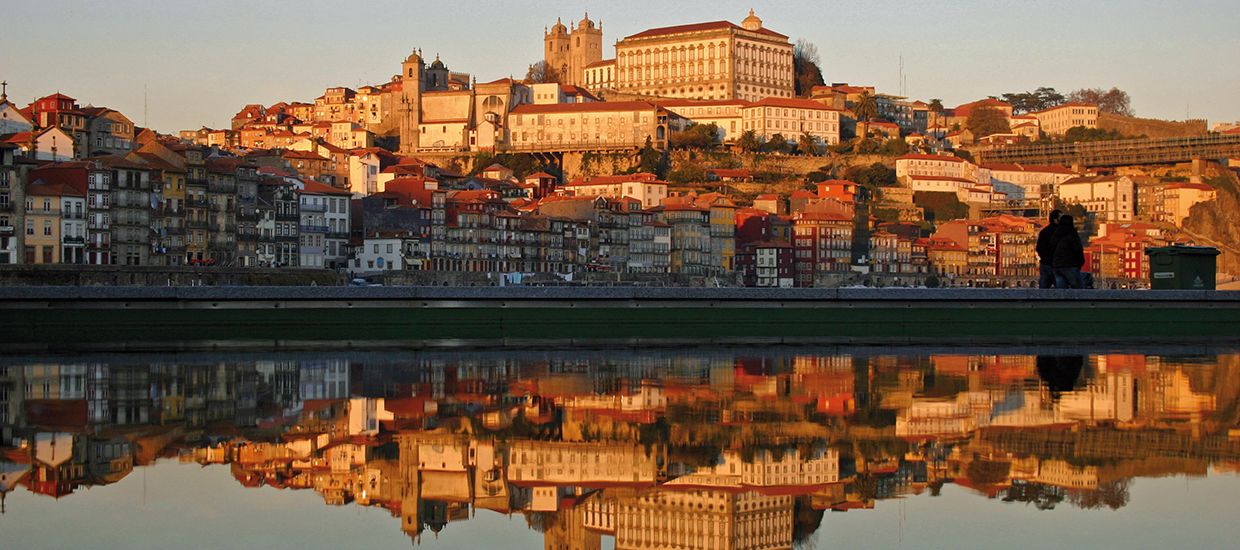The must-visit places when you travel to Portugal.
Fly nonstop to Lisbon or Porto from New York/Newark on United.
Book your flight here.
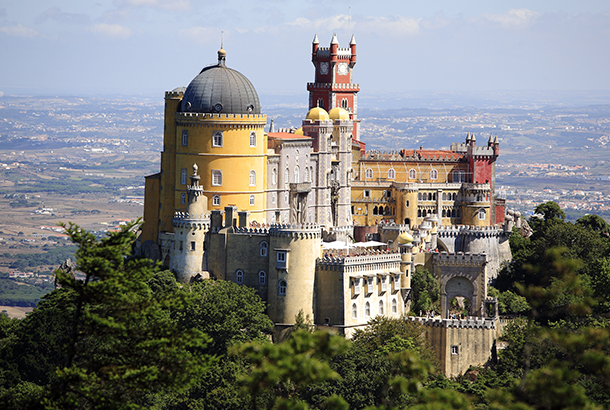
Pena National Palace
The fantastic Palácio da Pena is one of the best examples of 19th-century Romantic revivalism in Portugal. Situated at the top of the Monte da Pena, the palace was built on the site of an old monastery belonging to the Order of St. Jerome. Portuguese architectural and decorative forms dominate the palace, which was built according to the revivalist taste (neo-Gothic, neo-Manueline, neo-Islamic, neo-Renaissance). In the surrounding area lies a magnificent woodland park in the English style, with a wide variety of exotic tree species. The interior of the palace is still decorated according to the tastes of the kings and queens who lived there, and its great highlight is the chapel, where it is still possible to see a magnificent alabaster altarpiece attributed to Nicolau Chanterenne (one of the architects of the Mosteiro dos Jerónimos, in Lisbon). Special reference should also be made to the painting of the walls with a trompe l’oeil effect and the azulejos. A restaurant has now been installed in one of the wings of the palace, with a terrace that offers a beautiful panoramic view over the Serra de Sintra and the coast.
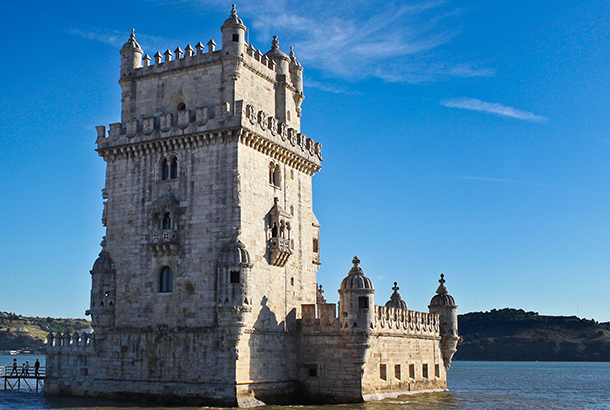
Tower of Belém
Classified as an UNESCO World Heritage site in 1983, the Tower of Belém is worth a visit simply to get up to the top floor and take in wonderful views of the river Tagus estuary and the western side of a city that is still able to evoke the Era of Discovery in Portuguese history. The tower takes on a quadrangular shape reminiscent of medieval castles and has a polygon bulwark, a defensive feature that meant it could withstand heavy bombardment from out at sea. The watch posts, complete with burgeoning cupolas and located on each corner, demonstrate the influence of Moroccan fortifications. Apart from such Moorish influences, the decoration otherwise takes on the Manueline style in the surrounding stone layouts, the heraldic designs and even the famous rhinoceros, the first stone statue of the animal in Europe. The most highly decorated side of the Tower is south facing, with its narrow balcony. On the cloistral wall that rises above the bulwark, there is a sculptured image of the Virgin with Child dating back to the 18th century, forming the prow of the tower.
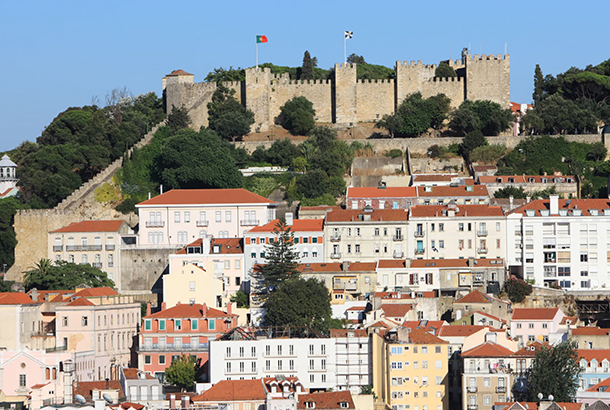
Castle of São Jorge
Anyone coming to Lisbon and not going to the Castle of São Jorge will have surely missed an unforgettable moment. It is the highest point in the city, set amongst the most typical of neighborhoods, providing a unique opportunity to feel and understand the city’s relationship with the river Tagus. Declared a National Monument in 1910, the castle underwent major restoration work in the 20th century, which left it with its present-day appearance. It is a very popular leisure space and provides the best view over the city. Inside the walls, you will find a museum, where you can see a presentation of the history of Lisbon, and the Torre de Ulisses (the Tower of Ulysses). The city’s legendary founder has given his name to the former Torre do Tombo, which now houses a camera obscura with a giant periscope that allows you to enjoy a 360º panoramic view of the city in real time.
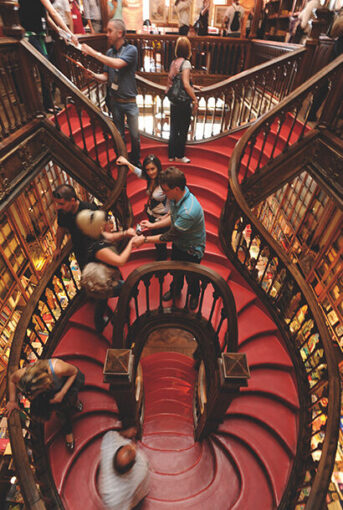
Lello & Irmão’s Bookstore
This small bookshop, built in 1906 and located in the historic center of Porto near the emblematic Torre dos Clérigos, became world famous as the inspiration for the author of Harry Potter. Considered one of the most beautiful bookshops in the world, its neo-gothic facade features two figures painted by José Bielman, representing the Science and the Art. This facade is only surpassed by its stunning interior, designed by Xavier Esteves, decorated in Art Nouveau style and with an iconic red staircase and a detailed stained glass ceiling with Lello’s motto “vecus in labore.”
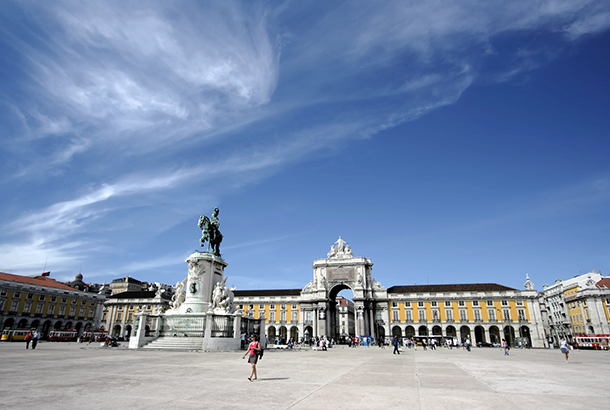
Praça do Comércio (Commercial Square)
This is one of the most beautiful squares in all Europe, opening southwards onto the huge Tagus estuary. Until the era of mass aviation, this was Lisbon´s great reception hall for visitors arriving by sea even better able to enjoy its beauty from their vantage points on slowly docking vessels. It was at the dock here that the Kings and Heads of State would disembark when visiting Portugal. Underneath the northern arcade, right by the entrance to Rua do Ouro, make sure you stick your head into the Martinho da Arcada café-restaurant. This is a reference for the city and a most cultured destination. Before heading up Rua Augusta, which leads onto Rossio, take a moment to look at the Triumphal Arch which overlooks the thoroughfare.
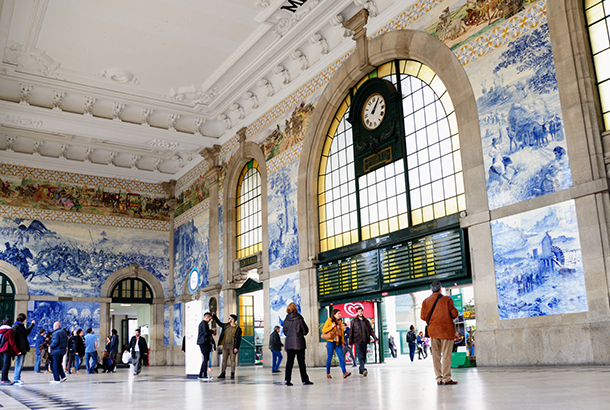
Estação de São Bento
Well worth a visit is the huge entrance hall of this railway station, covered with some 20,000 pictorial tiles. The work of Jorge Colaço, they feature historical and ethnographic images. The colored frieze running around the entire atrium details various forms of transport in chronological order from the earliest times through to the appearance of the train. Below, great panels depict scenes from the history of Portugal.
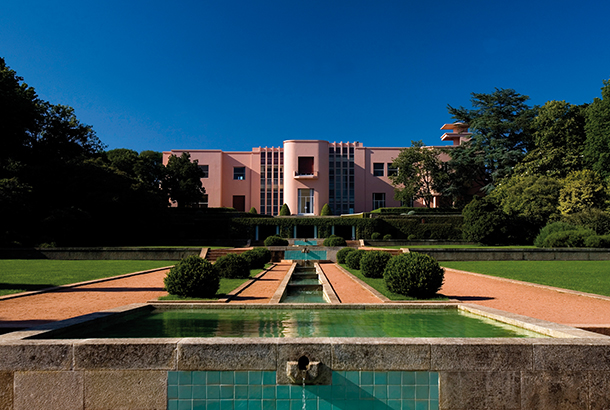
Parque da Fundação de Serralves
Located right in the very heart of Porto, Serralves Park extends beyond Casa de Serralves across 18 acres, including gardens, a rose garden and a Romantic lake, to provide the ideal refuge for anyone wishing to escape the hustle and bustle of the city. Beginning at Casa de Serralves, headquarters of the Foundation of the same name, there is the formal garden, one of the most notable examples of landscape gardening of the 20th century. It stretches over 500 metres towards the river Douro. At the far end there is a stairway leading down to a Romantic lake set on a lower level. It was designed between 1932 and 1940 by Jacques Gréber (1882-1962) a French architect and landscape gardener who established a reputation in the United States and Canada designing French-style gardens for the wealthy. The Park has various points of interest, including the rose garden, the Relógio de Sol (Sundial) Garden, the Camellia Garden (where aromatic herbs and plants are on sale), in addition to the other well-tended areas of the park.
